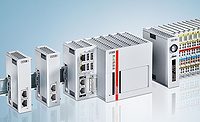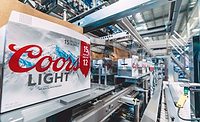Food, pharmaceutical, nutrition and other manufacturers typically consider automating manual operations when significant, immediate troubles are causing line downtime; when they need to meet increased production targets; or when they can no longer tolerate an ongoing series of problems.
Before investing in high-speed tablet counters, desiccant inserters, tamper-evident neck banders and other automated machinery, John Deitz, automation engineer and president of packaging machinery manufacturer Deitz Co., Inc., Wall, N.J., suggests a closer look at quality control, downtime and staffing—three key symptoms that suggest it may be time to integrate semi-automated and/or fully automated equipment into the operation.
Quality Control
The demand for speed can push operators to make mistakes. They may miscount the number of tablets, fail to seal a cap properly, or allow a misaligned label to pass inspection. Scrapping and reworking bottles or other containers for quality control after they've gone down the line quickly becomes very costly, and companies often wish they'd been quicker to recognize this symptom.
Downtime
Automation may clear a bottleneck in a line where one or more steps in the process cannot keep up with the others. Filled bottles may back up on the conveyor while waiting for cotton to be inserted, for example. Or, a manual step early in the process such as inserting desiccants may move at a slower speed than other steps, causing a failure to capitalize on the full capabilities of downstream machinery or leaving workers idle.
Staffing
Many companies move toward automation because they cannot find enough workers willing and able to do a job manually, or a large order makes manual operations impractical. In an environment where companies face these and unprecedented, new challenges in the workplace, automation as a solution for reducing the dependence on human resources offers increasing allure.
For more information, visit Deitz Co.









